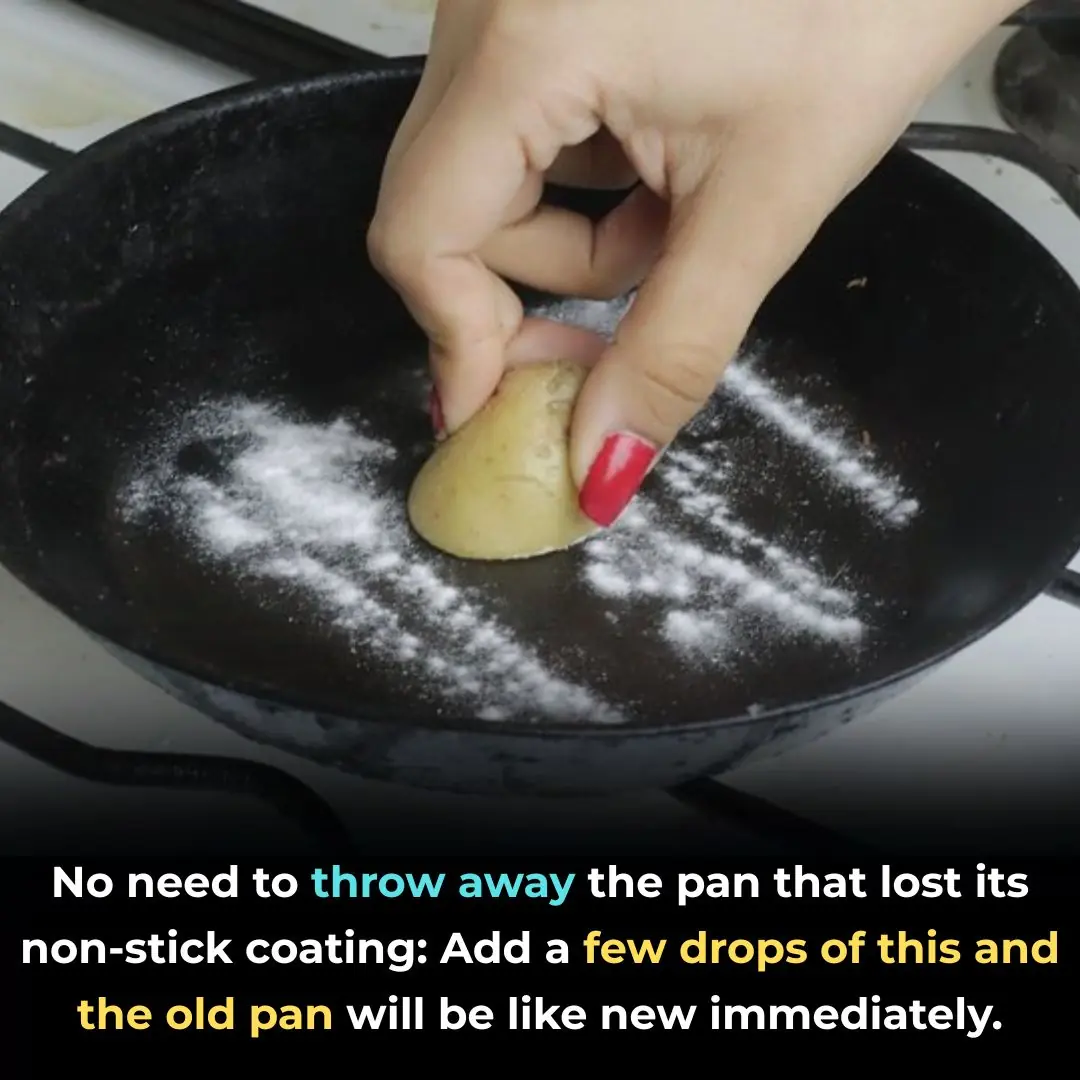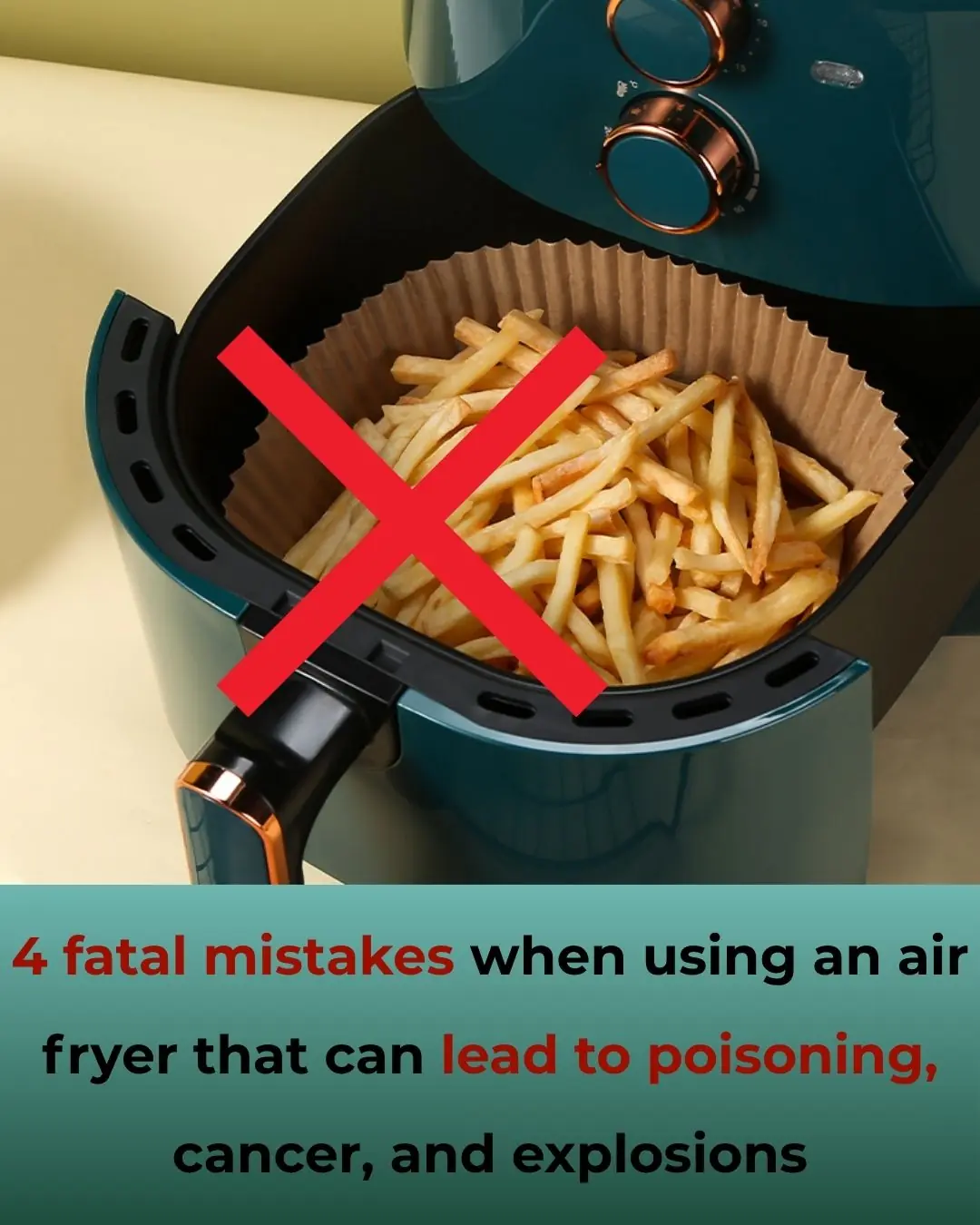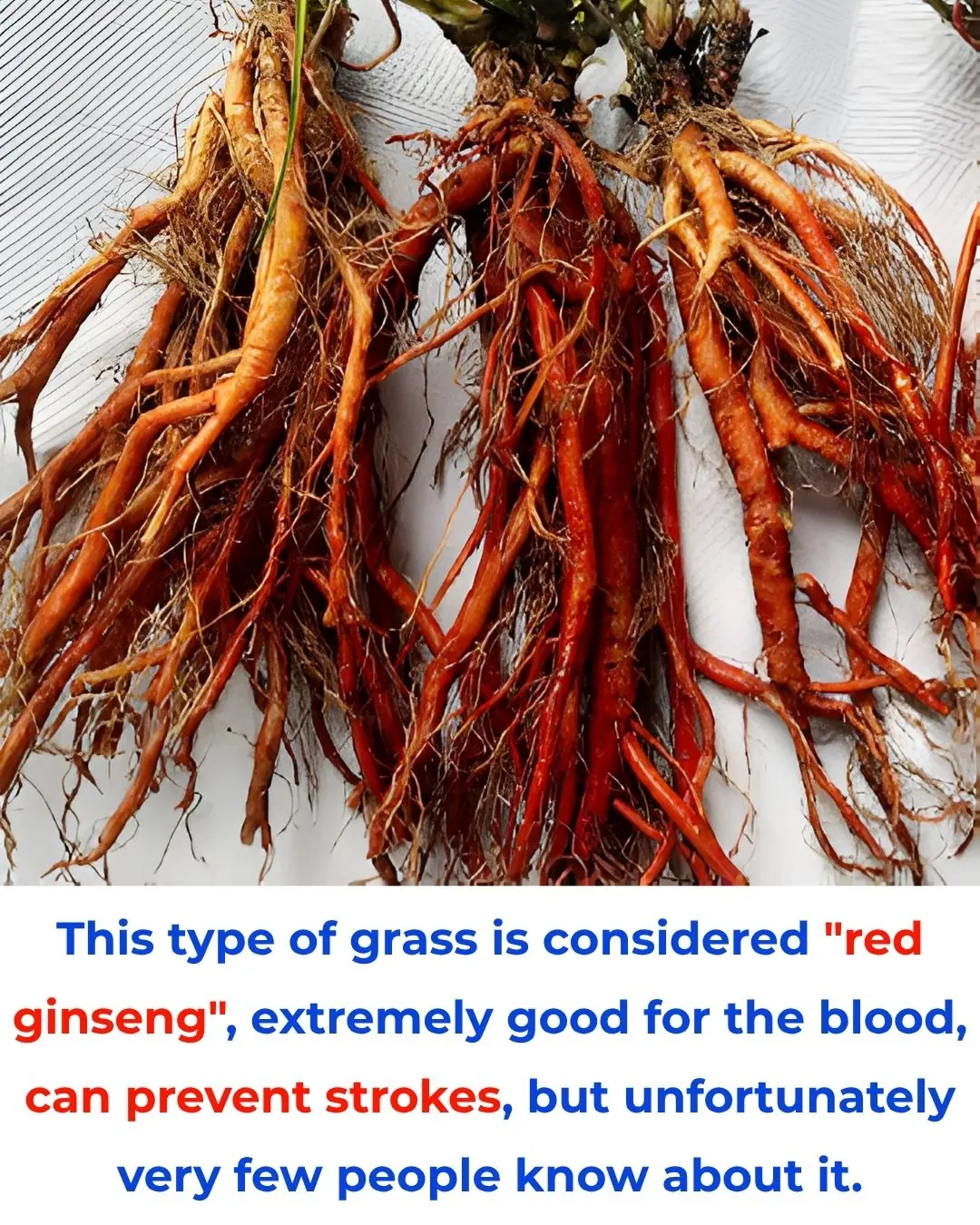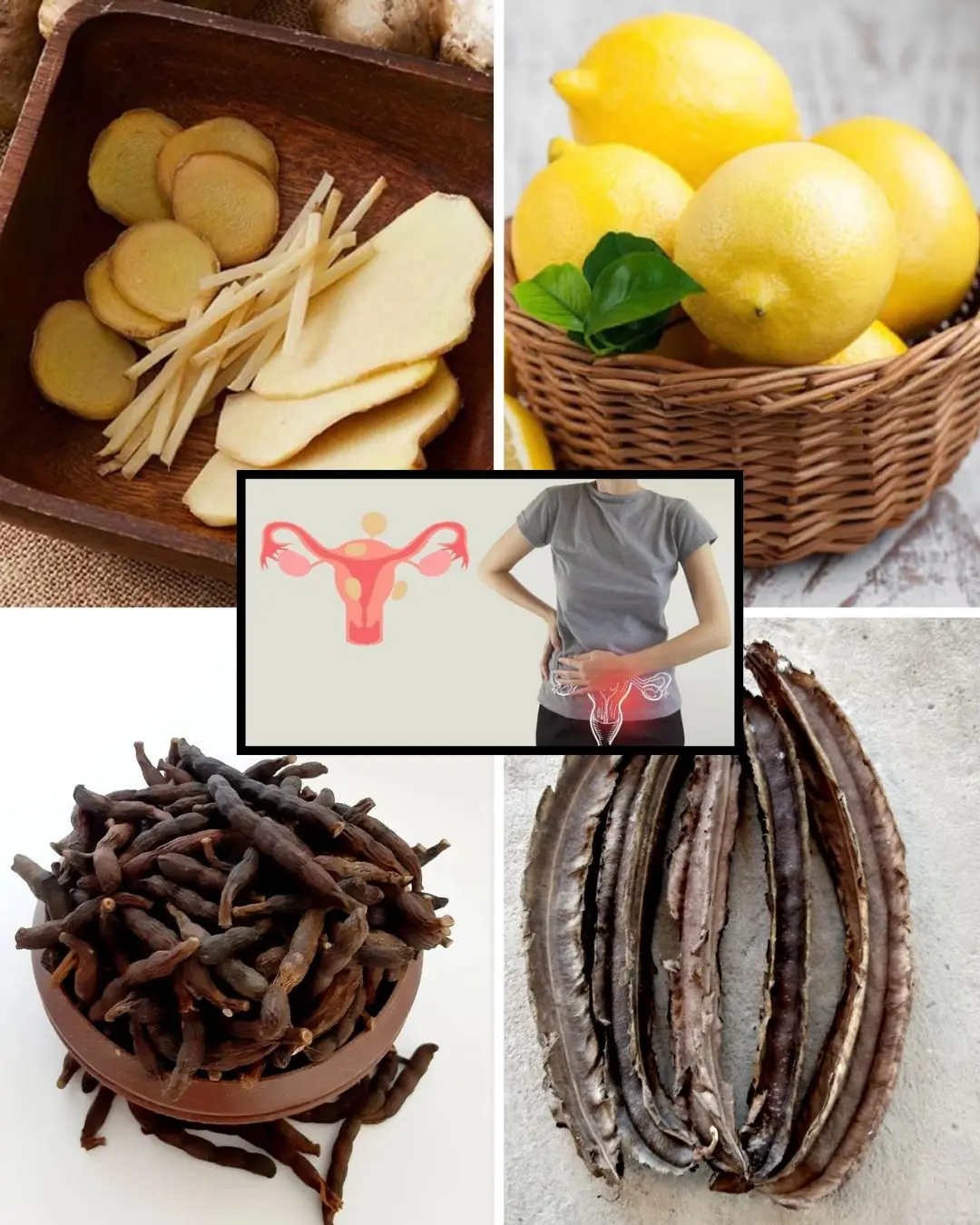
When boiling eggs, boiling water or cold water is not correct! Remember these 4 points and you can remove the peel with just a light touch!

Eggs are a nutritious and affordable food. Eating eggs regularly in moderate amounts each day is very good for the body. There are many ways to cook eggs, but each method results in different digestion and absorption rates. Among them, boiled and steamed eggs have the highest digestion and absorption rates.
For breakfast, many people eat boiled eggs—a soft, delicious dish loved by both the elderly and children. However, some people boil eggs incorrectly, causing the eggs to become dry, hard to swallow, and difficult to peel. Most people think that boiling eggs is simply putting them in water and cooking until done, but it’s not as simple as you think!
Common questions when boiling eggs:
Should you put eggs into cold water or boiling water? How many minutes should you boil them? How can you peel the shell easily? Today, we will share the correct way to boil eggs so that they are tender, tasty, and easy to peel.
To make delicious boiled eggs, remember these 4 key points:
1. Soak the eggs in water before boiling
Eggs laid at the farm may lose some moisture by the time they reach consumers. If boiled immediately, the taste will not be as fresh and may be dry. The correct method is to wash the eggs and soak them in clean water for about 10 minutes to allow the moisture to be reabsorbed before boiling.
2. Should you place eggs in cold water or boiling water?
The quality of the boiled egg largely depends on the boiling water.
-
Cold water: The low temperature causes the protein to coagulate slowly. The extended cooking time causes the eggs to lose more moisture, resulting in a dry texture and less delicious taste.
-
Boiling water: The high temperature causes protein to solidify quickly, but if the water is continuously boiling, the eggs will bounce around, easily cracking the shell and causing egg white to leak out, leading to waste.
Correct method: Place the eggs into warm water. When the water begins to boil, add a bit of cold water, then continue heating on high. When small bubbles start forming at the bottom of the pot (about 60°C – 70°C), put the eggs in and cover the lid. The coagulation temperature of egg white and yolk is around 70°C and 60°C respectively, so this is the ideal moment to add the eggs. This helps the protein solidify quickly without cracking the shell.
3. Use low heat when boiling
Even if the eggs don’t crack in warm water, if the temperature isn’t controlled properly, they can still burst.
Correct method: Bring the water to a boil over high heat, then reduce to low heat to keep the water gently simmering (not vigorously boiling). Boil for 8–10 minutes. Overcooking will cause eggs to lose moisture and become dry.
4. Add two types of seasoning to the water
When boiling eggs, you don’t have to use plain water. Adding a small amount of salt and white vinegar can make the eggs softer. Eggs are rich in glutamic acid, which combines with salt to form monosodium glutamate (MSG), enhancing the flavor. White vinegar helps soften the egg and makes the shells easier to peel.
News in the same category


Stuffing a piece of steel wool into a plastic bottle has great effects. If you know how to use it, everyone wants to do it

When checking out of the hotel, don't be foolish and fold your blankets or pillows. Anyone who doesn't know will only be at a disadvantage

5 things you absolutely should not put in the washing machine. They cannot be washed clean and are dangerous

5 Fruits Listed in the ‘Black Book’ That Can Cause Cancer Cell Growth: No Matter How Cheap, Don’t Buy or Eat Them

A Man Who Didn’t Drink Alcohol Dies of Liver Failure; Doctor Sighs: “Eating These 4 Foods Daily Can Destroy Even the Strongest Liver!”

Kissing Bugs and Chagas Disease: A Hidden Danger at Home

Don’t Eat Tofu Right Away After Buying — Freeze It for a Magical Effect: Wish I Knew This Sooner!

Add This One Ingredient to Your Coffee: Say Goodbye to Yellow Teeth and Bad Breath

Yellowed pillow stuffing won't come out after washing, add this in just 5 minutes and the pillow will be as white as new

Put this bunch of leaves in the toilet: No bad smell all week, repels mosquitoes and ants.

Great tip to help clams release sand in a snap: No need to soak for long, still clean

How to cook field crab soup to have the crab meat floating in blocks, sweet and fragrant

The air conditioner's condenser makes a loud noise like grinding rice. Don't call a repairman and waste money. If you can make the machine run smoothly, it won't cost you money.

Whether you stock fish big or small, remember to add this fruit: The fish will no longer smell fishy, and it will be rich in fiber and nutrients.

Air conditioner leaks water, don't rush to call poetry to waste money. Just do it this way.

No need to throw away the pan that lost its non-stick coating: Add a few drops of this and the old pan will be like new immediately.

4 Dangerous Mistakes When Using an Air Fryer That Can Lead to Poisoning, Cancer, and Even Fires

The Secret of Our Hand to Show RICH or POOR…
News Post

This Is What Happens to Your Body 10 Hours After Putting on Nail Polish

1 Tablespoon of This Before Bed—Fall Asleep Faster Than Ever!

Forget Pills! Just 1/4 Tsp of This Under Your Tongue Melts Away Inflammation

Top 8 Kinds of Fish You Should Never Eat

Banana peel mixed with laundry detergent works great

Stuffing a piece of steel wool into a plastic bottle has great effects. If you know how to use it, everyone wants to do it

7 "cheap" fruits that are extremely good for people with fatty liver that everyone should know

When checking out of the hotel, don't be foolish and fold your blankets or pillows. Anyone who doesn't know will only be at a disadvantage

This type of grass is considered "red ginseng", extremely good for the blood, can prevent strokes, but unfortunately very few people know about it

5 things you absolutely should not put in the washing machine. They cannot be washed clean and are dangerous

5 Fruits Listed in the ‘Black Book’ That Can Cause Cancer Cell Growth: No Matter How Cheap, Don’t Buy or Eat Them

A Man Who Didn’t Drink Alcohol Dies of Liver Failure; Doctor Sighs: “Eating These 4 Foods Daily Can Destroy Even the Strongest Liver!”

Kissing Bugs and Chagas Disease: A Hidden Danger at Home

🌿 Gbogbo Nise: The Ultimate All-in-One Remedy for Women 💪✨

5 Skin Glow Juices – Clear Skin

Scientists shocked: this secret spice fights cancer and repairs your body!

Top 10 Magnesium Rich Foods To Lower Blood Pressure

6 Warning Signs Your Body May Be “Nurturing” Can-cer
